"Household fires are all too common, with a fire department responding to one every 24 seconds on average, according to The National Fire Protection Association. October is National Fire Prevention Month, so now is the time to protect the home against fire safety hazards.
Learning about the newest smoke and carbon monoxide alarms and how to operate a fire extinguisher can help keep your home safe from fires. There are three fire safety must-dos to help protect your home.
Test and Upgrade Alarms:

· According to The National Fire Protection Association, two thirds of residential fire fatalities result from fires in homes without working smoke alarms.
· Take 10 minutes to ensure smoke and carbon monoxide alarms are functioning at least twice a year. If batteries need to be replaced, use the long-lasting Duracell Quantum batteries. These advanced alkaline batteries have an exclusive PowerCheck feature that allows you to verify the power level at any time.
· Install wall-mounted alarms no more than 12 inches away from the ceiling to provide the earliest warning possible, and always follow the manufacturer’s installation instructions.
· Some alarms are built with custom functionality for the different rooms in your home:

o Kitchen: Kidde Worry Free 10-Year Sealed Lithium Battery Smoke and Carbon Monoxide Combination Alarm with Voice Warning distinguishes between cooking and fire smoke to detect real fires faster and reduce false alarms from cooking. It’s also powered by lithium-ion batteries that can last for 10 years to minimize maintenance.

o Hallways: Kidde 10 Year Smoke Alarm with LED Escape Light helps your family exit quickly with bright LEDs that provide a lighted escape when the alarm sounds.

o Bedrooms: The Kidde Twin Pack Worry Free 10 Year Combination Alarm with Voice is perfect for bedrooms – voice alarms are more effective in waking up heavy sleepers, especially children who may sleep through the siren but will wake up to a voice. Another good option for bedrooms is the Code One Ionization Smoke Alarms. Not only does the two-value pack have a loud sound, but it’s also automatic and easy to install.

- Place the Nest Protect Smoke and Carbon Monoxide Detector in any room to keep your home safe while you’re away. The Nest Protect connects to your phone and notifies you if there is a fire, carbon monoxide threat or low battery. The advanced technology in the unit easily detects the location and cause of the problem, and it protects the home for up to 10 years.
Get Educated on Extinguishers:
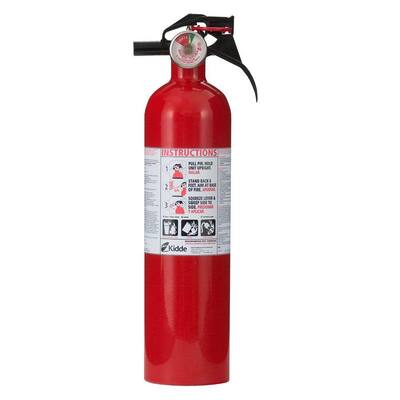
· Fire extinguishers effectively put out 80 percent of all fires according to a study, so make sure you have at least one on every level. Here are a few that you can have in specific areas in the home.
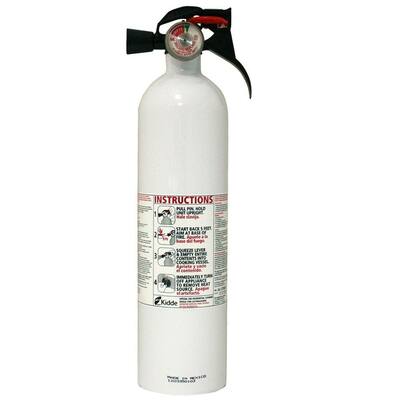
o Kitchen: Kitchen fires are unique because of the oil and grease used in cooking, choose an extinguisher designed for cooking related fires like the Kidde UL 711A Kitchen Fire Extinguisher.
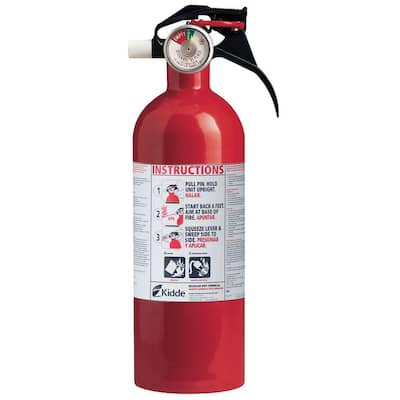
o Garage: Flammable chemicals are likely stored in the garage, so choose an extinguisher with a higher capacity to combat combustible materials such as the Kidde 5 B:C Fire Extinguisher.
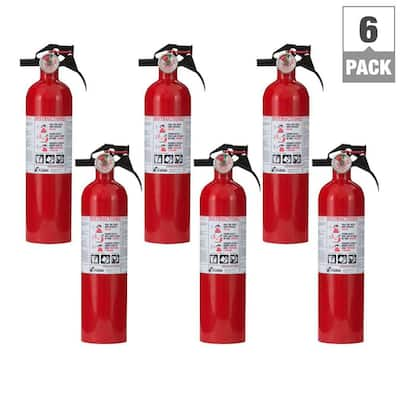
o Living Area: The Kidde 1-A:10-B:C Fire Extinguisher can be used on most household fires, including trash, wood, paper, liquid, gas and electrical equipment fires.
· When using a fire extinguisher, use the P.A.S.S. technique as described by the National Fire Protection Association:
o PULL the pin.
o AIM low and point the nozzle at the base of the fire.
o SQUEEZE the handle to release the extinguishing agent.
o SWEEP from side to side at the base of the fire until it’s out.
Prepare An Escape Plan
· According to the Federal Emergency Management Agency, it’s important to make a plan, so everyone in your house knows the best escape routes. Choose an outside meeting place (i.e. neighbor's house, mailbox, or stop sign) a safe distance in front of your home where everyone will know to meet.
· After making your home fire escape plan, practice it at least twice a year and make the drill as realistic as possible by aiming to get out in five minutes or less.
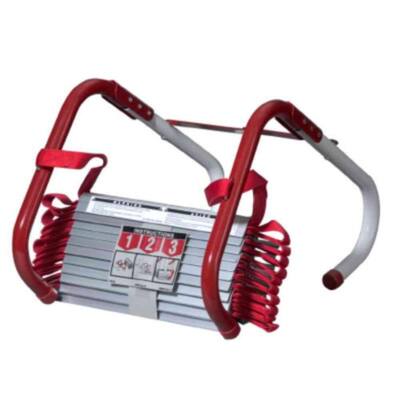
· If you have a multilevel property, have the Kidde Fire Escape Ladder handy to drop out the window and create an emergency exit. The ladder requires no assembly and the tangle-free design allows you to get out of the house fast and easy.

During National Fire Prevention Month, Home Depot will also be having an in-store experience that will help prepare your home in the event of a fire or carbon monoxide threat.
· The Home Depot will host a free Workshop available in all stores:

o Kids Workshop, Saturday, Oct. 1, 2016 from 9 a.m. to 12 p.m. Kids will learn how to build a fire truck. Some stores even invite the local fire department to participate!
o Fire Safety Skills Workshop, Sunday, Oct. 9, 2016 from 1 p.m. to 2:30 p.m. Attendees will learn important fire safety skills, including how to install a smoke / carbon monoxide detector.
Go to workshops.homedepot.com for more information about what we are doing in stores and to register in advance."


I really like the one you suggested for the kitchen. I hate it when I burn something and the alarm starts going off.
ReplyDeleteThank you for this post. I need to check our batteries in our detectors.
ReplyDeleteI’d like to thank you for writing on this topic. The information you provided was very useful. I will visit again in the near future.
ReplyDeleteSlomins